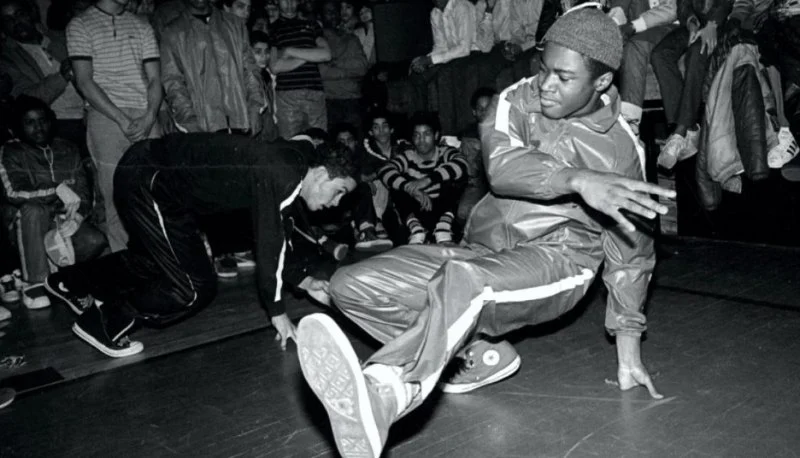
Origins of Hip-Hop Dance
Hip-hop dance has a rich history that dates back to the early 1970s in the Bronx, New York. It emerged from the cultural explosion of the hip-hop movement, which included not just music but also art, fashion, and a new way of expressing oneself. The dance style was influenced by African and Latin American traditions, but its unique fusion created something entirely new.
The pioneers of hip-hop dance, such as DJ Kool Herc and Afrika Bambaataa, laid the foundation for this genre. However, it was the street dancers – often referred to as “b-boys” and “b-girls” – who made the most significant impact. These dancers would gather in parks, community centers, and on street corners to breakdance and showcase their skills to the sounds of hip-hop music.
During these early years, hip-hop dance was a form of expression, often competitive, with crews facing off in battles to determine who had the best moves. The creativity, athleticism, and improvisational nature of the dance made it stand out from other forms of dance, and it quickly gained popularity among young people in urban areas.
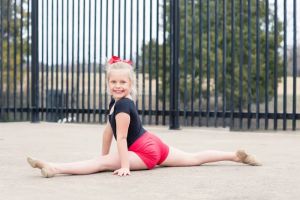
Lake Highlands Dance Academy / lake highlands dance academy
6300 Skillman St Suite 150, Dallas, TX 75231, USA
Hip-Hop Dance in the 1980s
By the 1980s, hip-hop dance had spread beyond the streets of New York and into the mainstream. With the success of hip-hop music, television, and movies, such as “Beat Street” (1984) and “Breakin’” (1984), the dance style gained national attention. Hip-hop began to enter dance studios, where professional dancers adapted the raw, street style into more formalized choreography.
The 1980s also saw the emergence of specific hip-hop dance styles, including breaking, locking, and popping. These styles focused on isolations, contortions, and acrobatic moves, which made hip-hop one of the most exciting and dynamic dance genres. Dancers like Michael Jackson, who incorporated popping and locking into his routines, brought hip-hop dance to an even wider audience.
As hip-hop culture evolved, dance crews began to rise in prominence, showcasing their talents in both local and national competitions. This era solidified hip-hop dance as not just a street performance but also a respected dance form that would influence generations to come.

Class Act Performing Arts / class act performing arts
EdgewaterAnne Arundel CountyMaryland
161 Mitchells Chance Rd, Edgewater, MD 21037, USA
Hip-Hop Dance Today
Today, hip-hop dance is a global phenomenon, with dance studios around the world offering classes for all ages and skill levels. The influence of hip-hop can be seen in everything from high-energy music videos to stage performances and even reality television shows like “So You Think You Can Dance” and “America’s Best Dance Crew.”
Modern hip-hop dance has continued to evolve, incorporating elements of contemporary dance, jazz, and even street styles like krumping and tutting. Dancers now train in a variety of styles, blending traditional moves with new techniques to create fresh, innovative choreography. The rise of social media has also allowed dancers to share their skills with a broader audience, leading to viral dance trends that help keep hip-hop culture relevant and exciting.
In the dance studio, hip-hop is no longer confined to just one genre but has become an umbrella term that encompasses various styles and interpretations. From commercial dance to street battles, hip-hop is more diverse and accessible than ever before.
Influential Hip-Hop Dancers
Throughout its history, there have been many influential dancers who have helped shape hip-hop dance and bring it into the mainstream. Here are a few key figures:
- DJ Kool Herc: The godfather of hip-hop, DJ Kool Herc is credited with starting the hip-hop movement in the early 1970s. His innovations in sound system techniques and live DJing helped establish the foundation for hip-hop music and dance.
- Rock Steady Crew: Formed in 1977, the Rock Steady Crew is one of the most famous and influential breakdancing crews in history. Their performances and battles brought attention to the art of breaking and helped elevate it to global prominence.
- Michael Jackson: While not strictly a hip-hop dancer, Michael Jackson’s incorporation of popping, locking, and other hip-hop-inspired moves in his music videos, like “Thriller” and “Beat It,” helped bring street dance into mainstream pop culture.
- The Electric Boogaloos: This dance crew, known for their popping and locking moves, played a major role in popularizing these styles. They are credited with bringing the electric boogaloo style to prominence in the 1970s and ‘80s.
These dancers and crews, along with many others, helped lay the groundwork for hip-hop dance’s place in the global dance scene. Their creativity, energy, and passion continue to inspire new generations of dancers around the world.
If you're interested in learning hip-hop dance, there’s no better place to start than Creative Edge Dance Studio. Offering classes for all levels, our experienced instructors will guide you through the history, fundamentals, and techniques of this dynamic and ever-evolving art form.

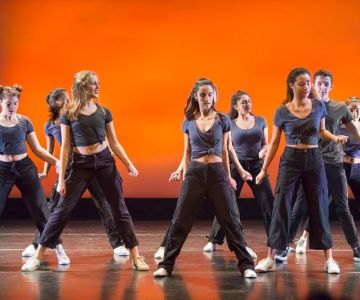

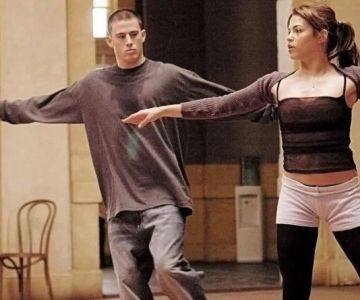
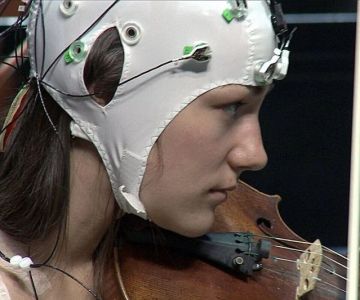
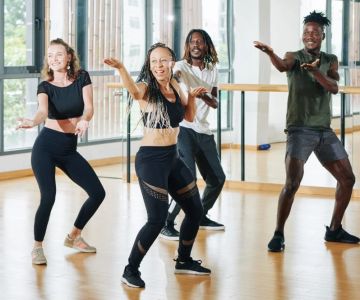

 Florida School of the Arts4.0 (25 reviews)
Florida School of the Arts4.0 (25 reviews)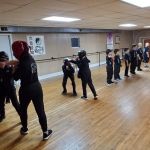 Long's Combative Arts5.0 (3 reviews)
Long's Combative Arts5.0 (3 reviews) WAYNE BALLET & CENTER FOR DANCE ARTS5.0 (3 reviews)
WAYNE BALLET & CENTER FOR DANCE ARTS5.0 (3 reviews) Momentum Dance Company4.0 (19 reviews)
Momentum Dance Company4.0 (19 reviews)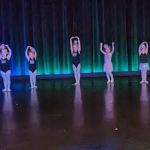 Fuquay-Varina Arts Center Dance Program5.0 (1 reviews)
Fuquay-Varina Arts Center Dance Program5.0 (1 reviews) Dance Xplosion5.0 (20 reviews)
Dance Xplosion5.0 (20 reviews) The History and Evolution of Popular Dance Styles in the US
The History and Evolution of Popular Dance Styles in the US The Best Arm Toning Exercises for Dancers: Boost Strength and Flexibility
The Best Arm Toning Exercises for Dancers: Boost Strength and Flexibility The Science of How Learning Dance Benefits Your Brain
The Science of How Learning Dance Benefits Your Brain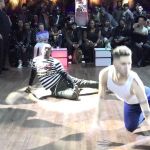 What is Vogue? Old Way vs. New Way
What is Vogue? Old Way vs. New Way How to Choose Dance Clothes That Are Functional and Stylish
How to Choose Dance Clothes That Are Functional and Stylish How to Choose a Dance Class Based on Music Preference
How to Choose a Dance Class Based on Music Preference